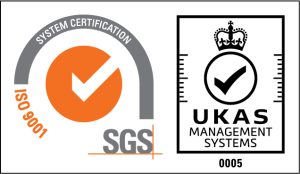Splunk Cloud Migration
Somerford can support you in seamlessly implementing Splunk Cloud

What is Splunk Cloud?
Splunk Cloud is designed to provide the full functionality of Splunk’s data analytics platform, but as a fully managed service in the cloud. It is particularly useful in allowing organisations to collect, index, and analyse data from virtually any source without having to manage any underlying infrastructure, as you may need to with traditional Splunk Enterprise packages.
Much like Splunk Enterprise, the Cloud-based solution gives you the familiar valuable insights into your data that allow you to make data driven decisions. However, companies are increasingly looking to switch to Splunk Cloud as it can also offer several strategic and operational advantages that are especially significant for certain businesses.
What are the Benefits?
There are a number of features available within cloud-based services that can make them simpler, easier to use, more cost effective and less intensive.
Splunk Cloud is no different.
No Hardware Management
Elastic Scaling
Reduced Expenses
Dedicated Security Expertise
Data Backups
Multi-Region Support

Why Choose Somerford?
region, to provide a seamless transition to this Software-as-a-Service, which is available to new and existing customers alike.
The Splunk Cloud Journey with Somerford
Initial Discovery
Architecture and Planning
Cloud Configuration
Content Transition
User Acceptance Testing
Post Delivery Support & BAU
Splunk Cloud Case Studies
Find out how Somerford has already helped organisations to upgrade from Enterprise to Cloud.






